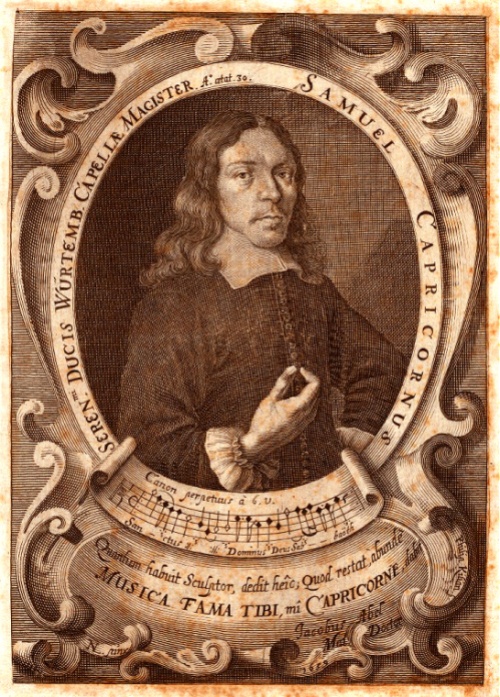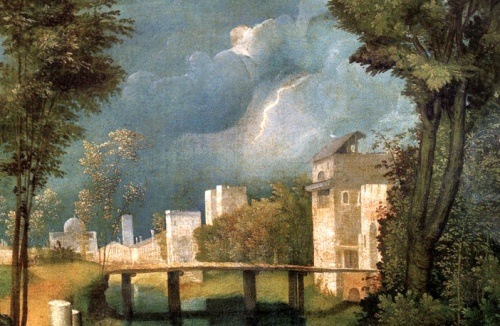Albert Schweitzer’s transcendentalism goes beyond talent and imagination—it is the literal embodiment of truth. When listening to his performances of Bach’s organ works one feels that in every important detail one is listening to Bach himself.
Schweitzer had studied with Charles-Marie Widor, the leading authority of his day, and he was familiar with German organs from Bach’s era; but his connection to the music was far deeper than that of an apt pupil.
Part of the reason for this is Schweitzer’s own resonance with the composer’s character, particularly regarding the relationship between spirituality and service. Rather than interpreting Bach’s works, Schweitzer revealed them.
This according to “The transcendentalism of Albert Schweitzer” by Archibald Thompson Davison, an essay included in The Albert Schweitzer jubilee book (Cambridge: Sci-art, 1945, pp. 199–211).
Today is Schweitzer’s 140th birthday! Below, some rare live footage.
BONUS: Practicing at home, with kibitzing from a friend.













